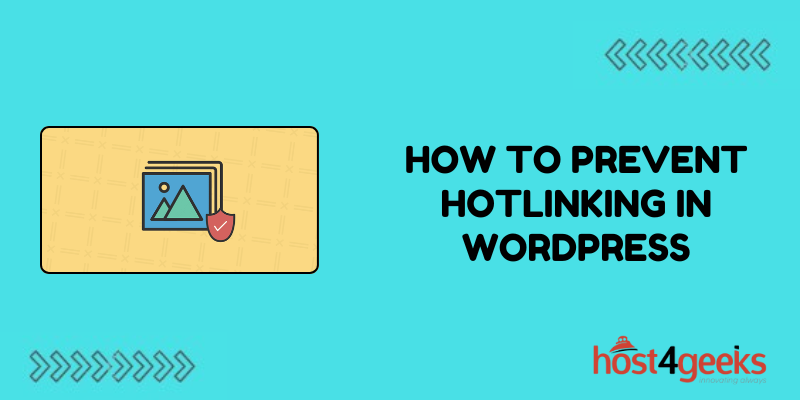Hotlinking, also known as inline linking or bandwidth theft occurs when someone directly links to the images, videos, or other media files on your WordPress website from their own site.
This not only consumes your bandwidth but also affects your website’s performance and can lead to increased hosting costs. Preventing hot linking is crucial to maintain the integrity and efficiency of your WordPress site.
In this guide, we’ll explore the significance of how to prevent hot linking in WordPress for both beginners and experts, along with a detailed step-by-step process to implement prevention measures in WordPress.
Significance of Preventing Hotlinking:
For Beginners:
1. Protects Bandwidth:
Hotlinking can result in the unauthorized use of your server resources, leading to increased bandwidth consumption. Preventing hot linking helps beginners conserve bandwidth and avoid unexpected hosting bills.
2. Preserves Website Performance:
Hotlinking can slow down your website’s loading speed as it serves content to external sites. By preventing hot linking, beginners can ensure optimal performance and user experience for their visitors.
3. Safeguards Content Ownership:
Preventing hot linking ensures that your original content remains exclusive to your website, preserving your intellectual property rights and brand identity.
For Experts:
1. Enhances Security:
Hotlinking exposes your website to security risks, as malicious users can inject harmful code into linked content. Experts can prevent hot linking to mitigate security threats and maintain the integrity of their WordPress site.
2. Improves SEO:
Hotlinking can negatively impact your website’s search engine rankings, as it dilutes the relevance of your content across the web. By preventing hot linking, experts can maintain control over back links and enhance their SEO efforts.
3. Optimizes Server Resources:
Preventing hot linking optimizes server resources by reducing unnecessary requests and traffic from external sites. This allows experts to allocate resources more efficiently and improve overall website performance.
Step-by-Step Process to Prevent Hotlinking in WordPress:
1. Enable Hotlink Protection:
- Install and activate a WordPress security plugin such as Sucuri Security or Wordfence.
- Navigate to the plugin’s settings and locate the hotlink protection feature.
- Enable hotlink protection and configure the settings to specify which domains are allowed to hotlink your content.
2. Edit .htaccess File:
- Access your WordPress site’s root directory via FTP or cPanel File Manager.
- Locate the .htaccess file and download a backup copy for safety.
- Open the .htaccess file using a text editor and add the following code:

- Replace “yourwebsite.com” with your actual domain name and add additional domains as needed.
- Save the changes and upload the modified .htaccess file back to your server.
3. Utilize CDN Hotlink Protection:
- If you’re using a Content Delivery Network (CDN) such as Cloudflare, enable hotlink protection from the CDN dashboard.
- Configure the hotlink protection settings to block requests from unauthorized domains and specify allowed referrers.
Pros of Preventing Hotlinking:
- Protects bandwidth and reduces hosting costs.
- Improves website performance and user experience.
- Safeguards content ownership and intellectual property rights.
- Enhances security by mitigating risks of malicious attacks.
- Optimizes server resources and improves SEO efforts.
Cons of Preventing Hotlinking:
- May require additional setup and configuration.
- Some legitimate users may encounter issues when accessing embedded content.
- Constant monitoring and updating may be necessary to maintain effectiveness.
Conclusion:
Preventing hot linking in WordPress is essential for preserving bandwidth, enhancing security, and maintaining the integrity of your website’s content.
By following the step-by-step process outlined in this guide on how to prevent hot linking in WordPress, beginners and experts alike can implement effective hotlink prevention measures to safeguard their WordPress sites and optimize performance.
While there may be some challenges associated with preventing hot linking, the benefits far outweigh the drawbacks, making it a worthwhile endeavor for website owners looking to protect their assets and improve their online presence.

